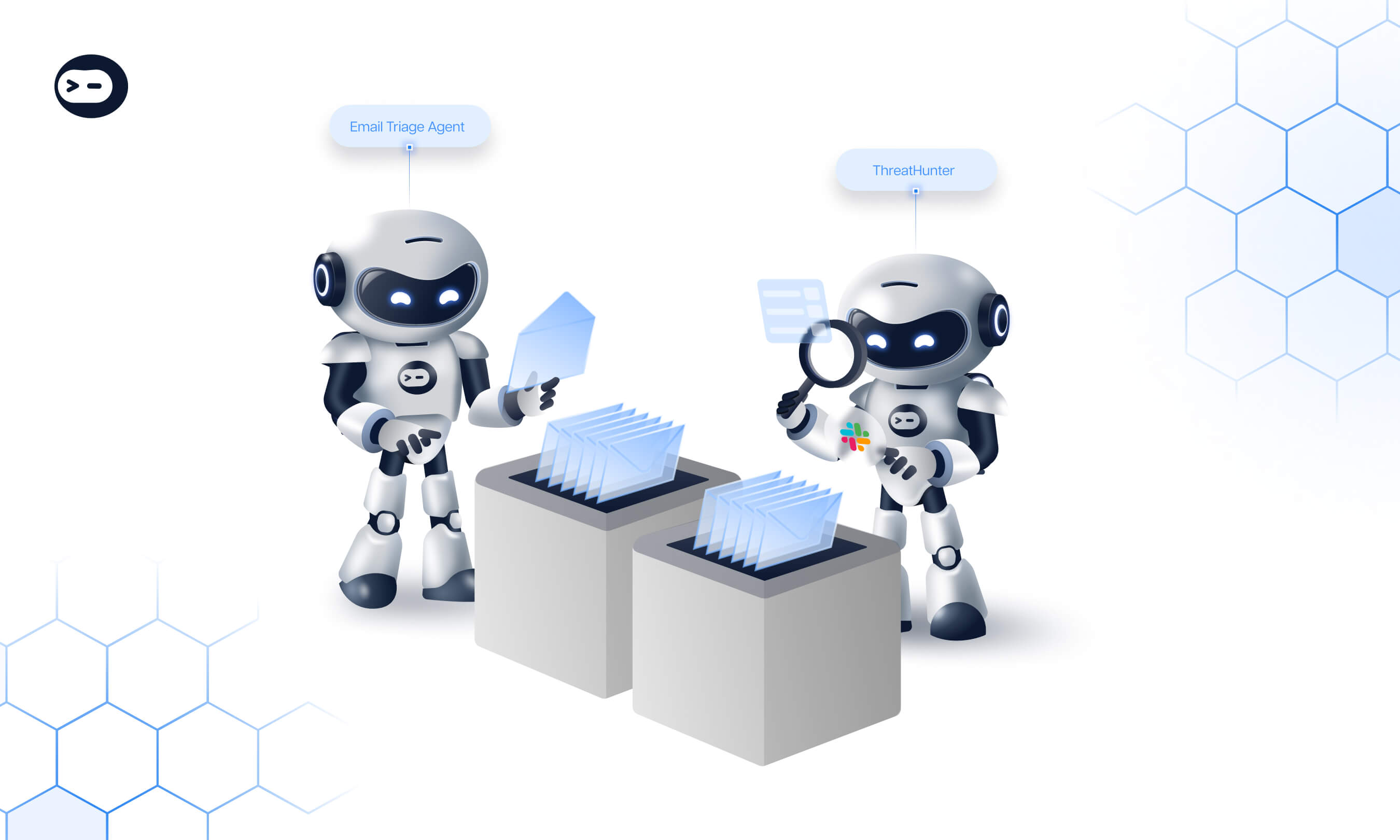Author: By David Grable, HUMAN Security
If you run a security operations team, you know the daily reality. Your best analysts, the ones you hired to be expert threat hunters, are spending most of their time on anything but that. They’re drowning in a sea of ad-hoc requests, chasing down questions from other teams, and managing a security inbox that never, ever stops.
That was our challenge. We have a small, highly skilled SOC team, but they were constantly being pulled out of their core work to handle an endless stream of manual, repetitive tasks. A single request could consume hours of an analyst's day. We weren’t just losing time; we were burning out our best people on low-impact work. I knew there had to be a better way. We didn't need another tool that would create more alerts; we needed a way to get the work done. We needed a digital teammate.
Our First Recruit: The "Level 1 SOC Bot"
Our biggest time-sink was our security group mailbox. Bug bounty submissions, customer questions, vendor vulnerability reports—everything landed there, and a human had to manually read, categorize, and act on every single email.
So, I decided to build our first agent. Using BlinkOps, I created what I call our "Level 1 SOC Bot." Its only job was to take over that inbox. I connected it to the tools my team uses every day: Jira, Confluence, Sumo, CrowdStrike, and Okta.
Now, when an email comes in, the agent is the first responder.
- It reads and understands the email.
- If it's a simple question, it queries our Confluence knowledge base and sends the correct response back.
- If it's marketing spam, it just deletes it.
- If it's something that requires an analyst's attention, it automatically creates a detailed Jira ticket and puts it in the queue.
Just by deploying this one agent, the change was immediate. The noise was gone. My analysts no longer had to live in that inbox.
Building a Team: The Threat Hunter
But the real magic happened when we taught our agents to work together. Many of the requests we get are about potential threats—articles about new vulnerabilities or suspicious URLs. Manually investigating these is incredibly time-consuming, sometimes taking an analyst hours to run a full threat hunt across all our tools.
So, we built another specialist: the Threat Hunting Bot.
Now, when the Level 1 SOC Bot receives an email about a potential vulnerability, it doesn't create a ticket for a human. Instead, it posts the article link into a specific Slack channel. That post is the trigger that kicks off the Threat Hunt bot.
Within 10 minutes, the Threat Hunting Bot performs a complete investigation. It automatically extracts all Indicators of Compromise (IOCs)—IPs, hashes, domains—from the article and hunts for them across our entire security stack: CrowdStrike, Sumo, Wiz, you name it.
When it's done, it drops a full report right back into the Slack channel. If it finds something that needs a closer look, it automatically opens a Jira ticket with the raw log exports, a direct link to the search query, and all the evidence an analyst needs to jump right to the most interesting part of the investigation.
The Results Are In: More Signal, Less Noise
We've unleashed the Threat Hunting bot 123 times so far. Of those 123 full investigations, it created only 11 tickets that required further human analysis. And of those, two were actual findings that required patching.
Think about that. We automated over a hundred hours of manual, soul-crushing work and produced a false positive rate lower than any security tool on the market. We freed our analysts to focus only on the 11 instances that truly mattered.
To the rest of the company, it looks like we have this massive SOC team publishing detailed reports all day. They don’t see the bots; they just see the results.
By building these agents, we didn’t just automate tasks; we created a scalable, autonomous workforce. We gave our analysts their time back and elevated their roles. They’re no longer ticket-closers; they’re strategic investigators and, now, managers of a growing digital team. And we're just getting started.

.svg)
.webp)
.webp)










-min.jpg)
